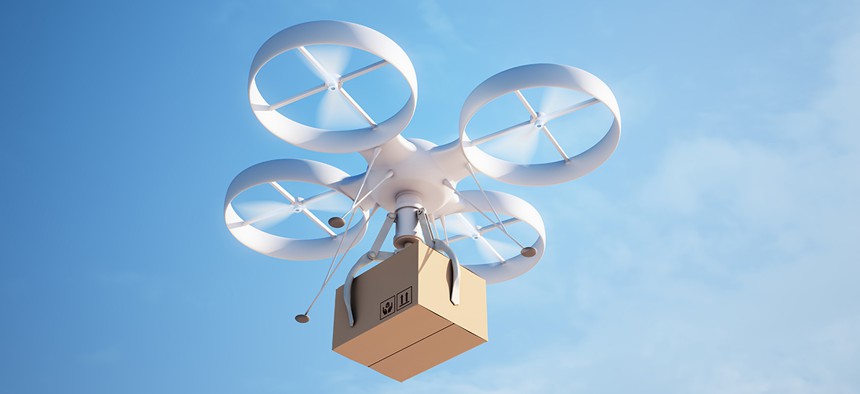Amazon's Delivery Drones: More Like Horses Than Cars

Mopic/Shutterstock.com
Amazon’s quest for 30-minute delivery by drone doesn’t just face an uphill battle with regulators. Consumers are skeptical, too.
Amazon’s quest for 30-minute delivery by drone doesn’t just face an uphill battle with regulators, who in the U.S. and elsewhere are still grappling with the challenge of ensuring airspace is kept safe in the age of unmanned shipment services. Consumers are skeptical, too.
They worry about noise levels from all that whirring and wheeling. They have concerns about privacy. And they definitely don’t want the machines crashing on their property.
Paul Misner, Amazon’s vice president for global public policy, addresses at least two of those fears in a recent interview with Yahoo Tech’s David Pogue. In regards to the noise issue, Misner promises that sound-dampening is one of the “cool” engineering challenges that Amazon’s drone program—dubbed Amazon Prime Air—will tackle.
The e-commerce giant will have a wide berth here because it’s not buying drones off the shelf. It’s developing its own. And these aircraft apparently will be sporting “sense-and-avoid technology,” making them “more like horses than cars.” Misner explains:
If you have a small tree in your front yard, and you want to bang your car into it for some reason, you can do that. Your spouse might not be happy with you, but you can do it. But try riding a horse into the tree. It won’t do it. The horse will see the tree and go around it. Same way our drones will not run into trees, because they will know not to run into it.
Current prototypes include drone models that can handle different delivery conditions, including in the desert, mountains, dense cityscapes, and suburbia. Each drone will weigh approximately 55 pounds and will carry packages that weigh up to five pounds.
Just when the company’s drone program will become a reality remains to be seen; that’s as much a regulatory question as it is a matter of R&D. But perfecting sense-and-avoid technology won’t be an easy task. Just ask the folks working to develop driverless cars.
(Image via Mopic/Shutterstock.com)





